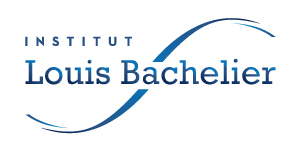This paper follows Harvie (2000)’s research program in testing both Goodwin (1967)’s predator-prey model and the extension proposed by van der Ploeg (1985). The author’s aim is to provide a guideline for the estimation and the backtesting strategy that can be applied to such a class of continuous-time macroeconomic model. The goal of this paper is to propose and test stochastic differential equations for Goodwin’s model and one of its extension by using an estimation technique based on simulated maximum likelihood developed by Durham and Gallant (2002). The data considered here is that of wage share and employment rate in the United States from 1948:Q1 to 2017:Q2. Results show that two structural breaks–in the beginning of the 80s’ and late 90s’–are likely to have occurred and Goodwin-type model endowed with Leontief production technology explains more accurately the data than the van der Ploeg’s CES production function. These results are partly confirmed by a backtesting strategy which highlights that the forecasting property of the Goodwin model is overwhelmingly superior to a VAR model on the considered data, especially for the CES specification. Both the estimation and backtesting strategies can be used to assess the empirical improvement on any extension of the Goodwin model.
Published in AFD Research Papers Series, No. 2017-61, November.
No Upcoming Events found!

